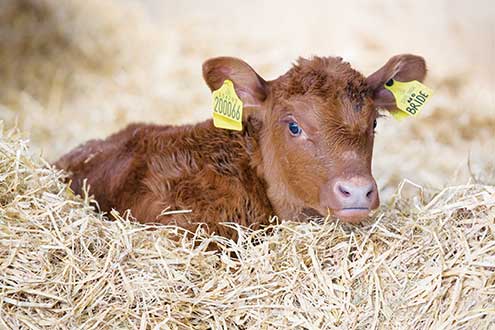Ask the Vet: a query about swollen navels in calves

I have a question regarding swollen navels in calves. When calves are born on my two separate farms, after a couple of day they develop swollen navels. When they are born I dip the navel with iodine. Some are born indoors on a bed of straw and more are born out in the fields. They also breathe a bit fast. Cows are always fed pre-calver minerals. What could cause this problem?
Tim Potter from the Warnham practice: From what is described I suspect what you are seeing is navel ill in these calves. Navel ill is a disease of young calves, occurring as a result of infection entering via the umbilical cord at, or soon after, birth. The infection may remain localised in the navel, causing heat, swelling and potentially abscess formation. There is also the potential for the infection to spread to other sites in the body, leading to conditions such as joint ill.Ensuring animals calve in a clean, dry environment is one of the key steps to reducing the risk of navel ill. The application of a disinfectant (such as iodine) to the navel will help reduce the chance of infection, but it will not overcome heavy contamination. It also may be necessary to apply the iodine two or three times until the navel has dried completely.
The other key component in the management of young calves is the colostrum feeding. Colostrum provides immunoglobulins that provide the immunity the calf requires to fight disease in the first couple of months of life. Calves must consume enough colostrum to provide all the immunoglobulins they require for a good level of immunity; the exact amount of colostrum required will depend on the quality, but a good guideline is 3 litres within the first six hours.
For further information on Westpoint call 01306 628 086 or visit their website
More online
View answers to past veterinary questions on colostrum, ringworm and flystrike
DISCLAIMER: Any advice given is based on the information provided and cannot necessarily apply to situations where other factors exist. If the advice required relates to a specific animal or disease problem the reader should to contact their own vet or advisor with appropriate knowledge of the particular circumstances.
